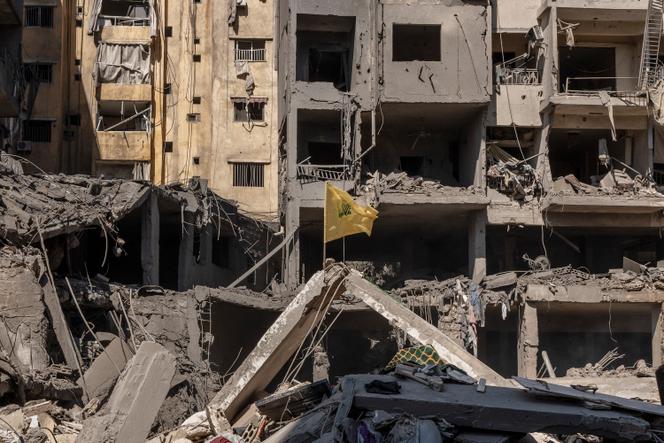


Where is the new "center of gravity" of the war, which Israeli Defense Minister Yoav Gallant announced on September 18 was "moving north"? Did he mean that the conflict that his troops have been waging in Gaza, for almost a year now, would henceforth be a lesser priority, as compared to the front opening in Lebanon, to the north of his country? As Israeli ground forces continued to penetrate into Lebanese territory on Tuesday, October 1, conducting "localized and targeted ground raids," as the army has defined them, Israeli fighter aircraft have continued to carry out strikes over an infinitely larger geographical area.
On September 29, dozens of Israeli aircraft carried out a series of strikes on the port of Hodeida in Yemen, destroying vast swaths of infrastructure before returning to their base, without having encountered any resistance. In previous days, missiles fired from Yemen by the Iranian-allied Houthis had been intercepted over central Israel. The last time such an air operation took place was on July 20, when a drone strike from Yemen hit Tel Aviv.
At the time, the strikes had been carried out almost 2,000 kilometers away from their starting point, requiring in-flight refueling. Stocks of petrol, stored amid vast port facilities, had burned for several days, sending out a clear signal: Henceforth, the Israeli air force was ready to undertake large-scale action. Since then, a new cycle has begun, with Iran as its reference point. Indeed, everything in the current extension of ongoing strikes, such as conducting elimination or special forces operations within the region's countries, revolves around Tehran, whether it is targeted directly or through its allies – those comprising the "axis of resistance," in Yemen, Iraq, Syria and, above all, Lebanon, with Hezbollah as its main target.
Since the strike on Hodeida, this extension of Israeli action has been coupled with "open warfare," with Israel's troops entering Lebanon. Meanwhile, on Monday, strikes were also taking place in Gaza, where military operations have not ended. Other heavy strikes targeted Lebanon, with six of them hitting the southern suburbs of Beirut, while the town of Sidon, located between Beirut and Tyre, was hit for the first time since the start of the campaign. On Tuesday morning, planes and drones also hit Damascus, Syria, according to the Syrian news agency SANA, killing three and wounding nine.
Is it a matter of responding to attacks, of "degrading," to use the current expression, the capabilities of all of Iran's allies in order to, eventually, bring down their sponsor? On Sunday evening, Prime Minister Benjamin Netanyahu broadcast an emphatic message. "We are in the midst of great days," he declared, before promising: "We are changing the strategic reality in the Middle East (...) Israel is winning." What is the "strategic reality" that has changed with the attacks on Hezbollah and the death of its leader Hassan Nasrallah, at a time when the Shiite organization, with its arsenal of missiles and rockets, constitutes the core pillar of Iran's deterrence?
You have 69.89% of this article left to read. The rest is for subscribers only.
